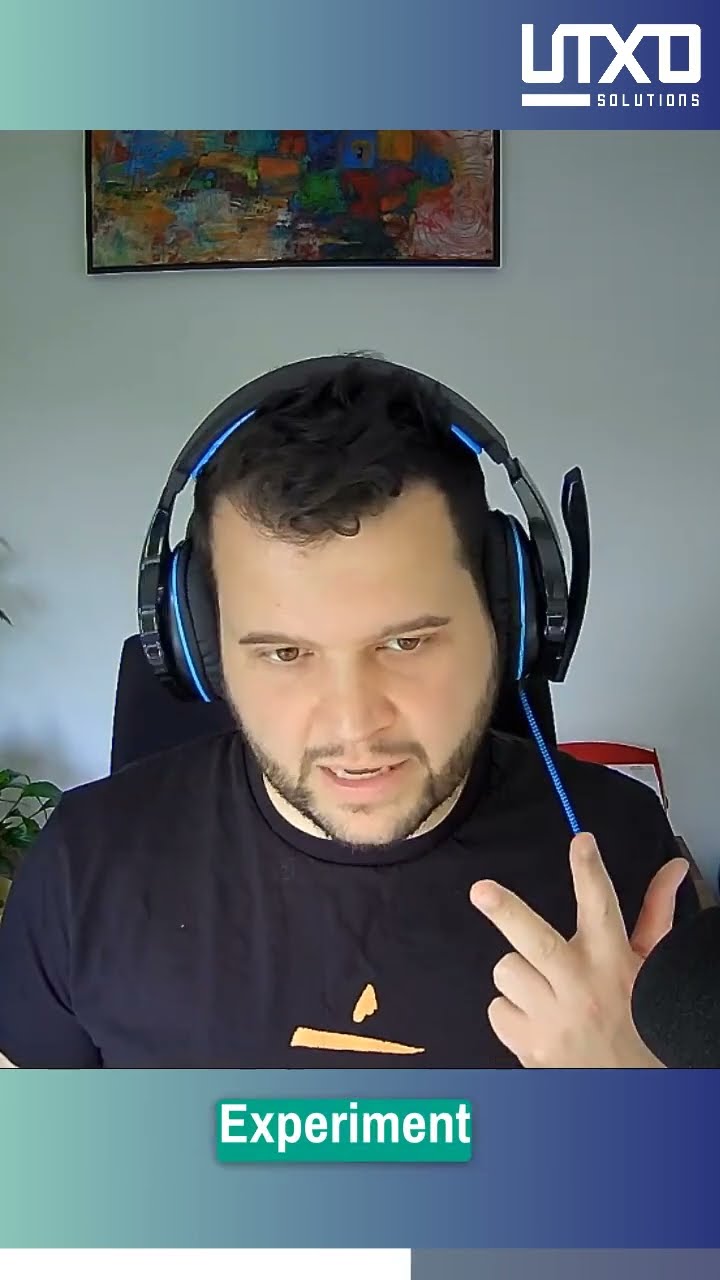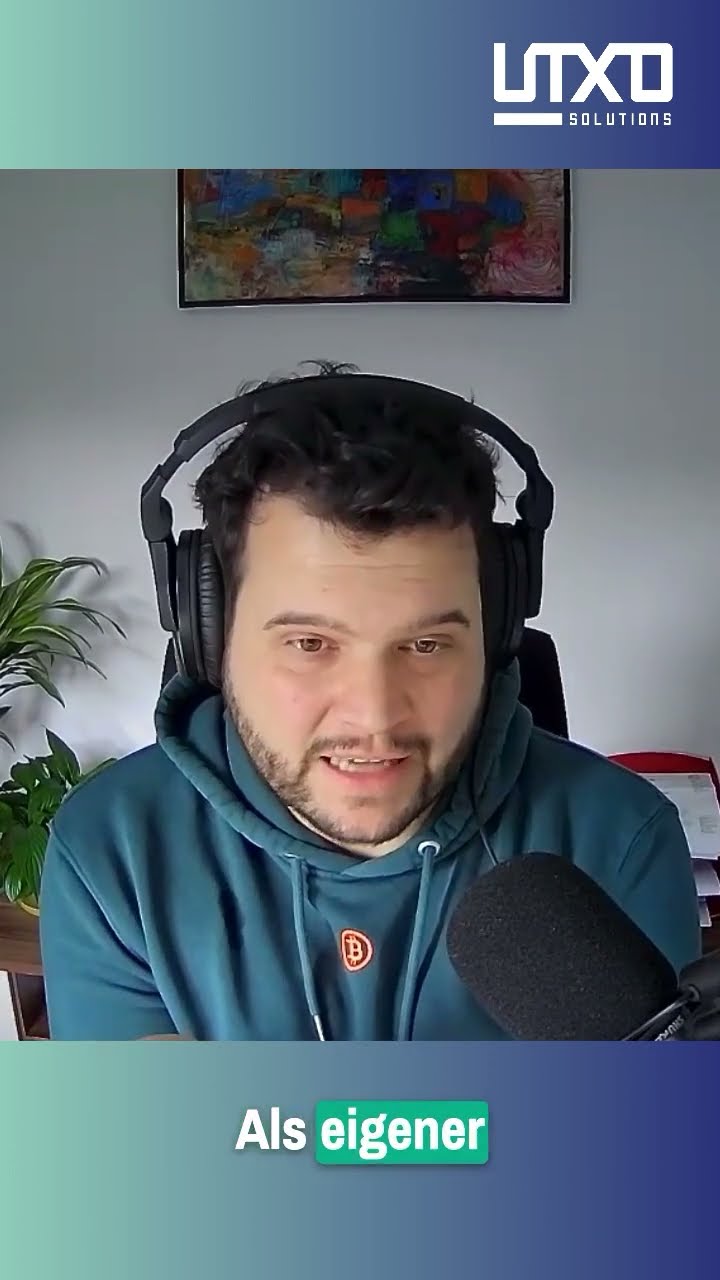
Why talking to your customers sometimes feels hard?
We talk a lot about the need to talk to your customers in this blog. And about the benefits of understanding other perspectives then your own. But sometimes, talking to people is hard. In general, not just customers. It requires energy. At least, if we want to do it right. And right means, that “talking to” mostly means “listening to”.
One important piece of context: I am an extrovert and like talking to people. I generally gain energy from human interaction. I can only write this from my perspective. But I imagine, the whole thing being even more difficult for an introvert.
Also, this post is more of a personal perspective and less of a scientific breakdown. Treat it as experimental ideas. Could be wrong, but that’s the only way to learn.
So let’s look at talking to people in general.
What does “talking to people” even mean?
You have to talk to your customer. You have to talk to your employees. You have to talk to your business partners. So many things in business involve human interaction. And a lot of that is through language. Post covid even more so. But how do you do it? How do you do “talk to” right?
I like to break this down into four phases:
- Ping
- Information intake
- Information integration
- Behavioural adaptation
Ping
Ping is any communication that triggers a response. It is something that you say, that makes the other person share something with you. This to me has two forms:
- Questions
- Statements
If you ask a question, the other person might say something, that counts as information. If he or she does, we can continue with the information intake phase. If not, we might exchange pings, until one party does. If no party gives away processable information, we may end the conversation. The same goes with a statement, but a statement can work as shared information as well. Information is an element that can be part of a question or statement.
Let’s look at some examples, to make this clearer:
Example 1
You: Hi
Other: Hi
You: How are you?
Other: Good.
This have been three pings and a statement. “Hi” counts as a statement. “How are you?” is a question. “Good” counts as statement.
Depending on the context, “hi” has a very low information component. It usually is “I have acknowledged you”.
“How are you?” and “good” could have a bigger information component. This could be “I care for your wellbeing” and “i am actually feeling good”. However, if these are just hollow phrases, the information component drops.
If the information component is as low as here, progressing to the information intake phase usually doesn’t happen. A regular conversation would continue in pings.
Example 2
You: How are you?
Other: Honestly, not so good. I had a huge fight with a friend of mine and I am not quite sure how to handle it.
“How are you” is still a low information question. But the answer contains a lot of information. It is still a statement. But this would trigger the information intake phase.
Example 3
Other: This party is really great.
This is a first ping progress situation. Someone made a statement and it immediately contains enough information to progress.
Example 4
You: Why did you not do this? You promised me to do it?
This is a question, which, depending on the tonality, carries a lot of information on its own. However, it is accompanied by a statement, that carries additional information.
The whole ping phase is what we say. If you would look at it from the outside, this would be all that is said. But it is the least exhausting part of a conversation.
Information intake
This is probably the least understood phase. Once you receive information, you have to pick it up. Think of ping as throwing a ball and information intake as catching the ball. However, you always get way more balls, then you could ever catch or even see. This is where all the filter and biases really kick in.
It is hard to hear what has been said. Information is usually altered before it is taken in. This is why “using the same words as your customer” is so important. It lowers the probability of the alteration.
You can only work with information, that you picked up. And you won’t pick up most information. I once had a fight with someone for over an hour, because we didn’t hear us agreeing on the matter. It is human.
Information integration
This is where you take the information that you hear and mix it with everything else you know. You evaluate it. You try to see all there is to the information. And see if you like it. If you even consider it true. This is where the information from the other person becomes your information.
Here you select the information you want to work with as well. You may replace the information with an opinion of yours. And then you progress to the next phase.
Behavioural adaption
This is the phase, where you decide how to behave. How to behave includes:
- What you will say next
- What you will do next
- New behaviours that start to emerge from now on
- New or altered feelings and opionions you have
Tying it all together
Let’s make an example, that ties everything together:
Ping:
You: How do you like our product?
Customer: It feels expensive.
Information intake:
Exemplary information, that is available:
- The customer has an opinion about our product
- He thinks, the product is expensive
- He doesn’t know, wether it is expensive (hence the feel)
- He does know, that it is not expensive, but the purchase doesn’t feel right
- The price is fine, but the value is wrong
- The value is fine, but the price is wrong
- He likes the product but would like to negotiate the price
- He doesn’t like me
- He hates the product, but likes me
It is really tough, to know, what has been said. We can’t act on everything. Let’s decide to only go with: “The price is fine but the value is wrong”
Information integration
Informations I could integrate this information with:
- What others said about the product
- What I think about the product
- What I think about the customer
- Things I know about the market
- Things I know about my competition
- What plans we have for the product
- How I am feeling right now
Let’s say, I like my product and I am feeling insecure right now.
Behavioural adaptation
Things I could do:
- Ask what he likes about the product
- Argue, that it is totally worth the price
- Decide to not like this customer anymore
- Tell him in a snorting manner, that he probably isn’t the target group anyway
We do all this in split seconds, which is pretty amazing. Conversational breaks longer then 3 seconds feel awkward. That’s how used to it we are.
However, information intake and information integration take up the most brainpower. That’s why we take shortcuts here. That’s why many conversation have more interruptions then breaks to think.
So why does it feel hard?
One part is, that it really is hard. It involves a lot of thinking. And even if you like it, it is mentally exhausting.
The other part is, that it is really easy for conversations to go nowhere. This is ok, if you don’t need them to. Like most of the time in smalltalk. Smalltalk is more like tuning into the other persons frequency. It needs to happen without special intentions to work.
But customer interviews need to have information. They are works of communication engineering. You need to be at your mental A-game. And your customer needs to be active or at least activated. Which is your responsibility. Getting high information pings with great questions is difficult work.
There is also a lot of uncertainty involved. You can’t really know, whether you heard, what they said. And you don’t know, if you reacted to what they said or rather to what you thought.
I listed “how do I feel right now” as one piece of information in the integration phase on purpose. Negative feelings can have a negative impact on your conversations. Making this a downward spiral. This is especially true for customer interviews. One can develop protective desires for his product vision. This can trigger negative emotions, if you customers don’t agree. Unfortunately, that’s when listening is most needed.
And while there are many more elements to it, there is one more I want to highlight: Sometimes, you are in a phase of growth. Doesn’t matter, if it is personal or business. When you are, the demands to your conversations rise. You need better conversations. But you can’t yet. So you have to learn better conversations. This gives conversations the usual learning frustration. Talking to people is something worth getting a mentor. Doesn’t matter, whether it is in talking to your partner or your business customers.
So how do I fix this?
Whenever I don’t feel like talking to people, I usually do the obvious: I don’t talk to people. For some time. Take time for myself. Shower. Take a walk. Meditate. Sleep. These kind of things.
The only time I do something different, is when I am in a growth phase. That’s when I try to find someone to teach me. When I ask a lot of questions, on how to do it. And try to get the practice. This has been the best way for me to get back to enjoyable conversations.
When you don’t want to talk to people, learn why. Then act accordingly.







